European oak/Sessile oak
Recognizing oak
Oak is recognized by:
- Its smooth trunk
- Its acorns
- Its serrated leaves
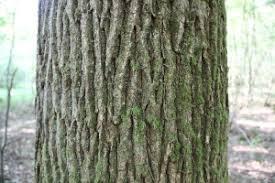
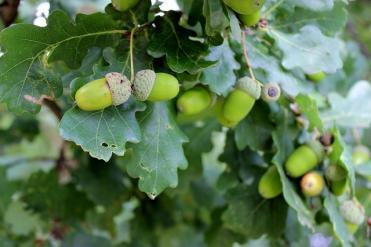
We distinguish between the European oak and the Sessisle or ‘durmast’ oak.
| European oak | Sessile or ‘durmast’ oak |
| Its serrated leaves with their short stem, found in clusters | Its leaves with their flat surface and long stem; its open foliage |
| Its conical trunk | Its cylindrical trunk |
| Smooth, thick gray bark, with deep crevasses along it. | Smooth greenish and later gray bark, shallow cracks lengthways. |
| Its acorns that hang from a stalk. | Its clusters of acorns with no stalk. |
Sites favored by these species
| European oak | Sessile or ‘durmast’ oak | |
| Temperature | Average annual of 8-13°C Does not tolerate severe summer drought The European oak loves light (heliophilous species). It is quite demanding in terms of water and adapts best in cool areas. |
Average annual of 8-13°C Does better in dry conditions than European oak. Does not require bright light (semi-shade species). |
| Rainfall | Average annual of 600-1,400Â mm per year. Requires a useful reserve of soil exceeding 120Â mm. The European oak is found at low altitudes and prefers flat land to slopes. |
Average annual of 600-1,400 mm. The Sessile or durmast oak tolerates higher altitudes than the European oak. It doesn’t mind drought conditions but does not appreciate too much water. |
| Soil | The European oak likes deep, water-rich, well-drained soils. It likes alkaline to very acidic soils. It also likes clayey-marly soils. | The sessile oak can adapt to poor soils, but grows best on thick, porous soils such as sandy or silty soils. Sessile oak is less demanding than the European oak. |
Root development of the oak
- Deep taproot system.
Growth and production of oak
- Both species: at age 60, the oak produces half as much as at the age of 15.
- European oak: 2-8 m3/ha/year.
- Sessile oak: 2-8 m3/ha/year.
Oak plantation
| Species | Density | Spacing | Benefits and drawbacks |
| European oak | 1,300-1,500 plants/hectare | 2.5 × 3.5 m or 3.5 x 2 m | Short production cycle (production time <120 years). Frequent intervention required. |
| Sessile oak | 1,600-2,000 plants/hectare | 2 × 3.5 m or 3.5 x 2m | Short production cycle (production time <120 years). Frequent intervention required. |
Final density: 80 to 100 stems per hectare
Coppice with standards:
This is a mixture of at least two age groups with a lower storey treated as coppice and an upper storey of standards treated as high forest. The coppice is the result of regeneration through new shoots or suckers from stumps.
This system helps maintain a sustainable forest. As the trees are of different ages, we can choose which ones to fell as the forest grows, so renewal is more durable.
Oak wood
- Light brown heart and distinct sapwood
- Easy sawing, slow drying with risk of deformation
- Very durable heartwood.
- Excellent wood for carpentry, joinery and cabinetwork.
- Also used for parquet flooring, cooperage and moldings.
- Trade name: oak.
HEALTH
Oak is not affected by any major disease but you should keep an eye out for powdery mildew.

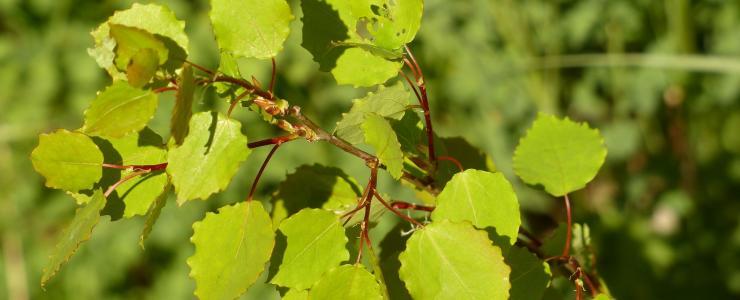
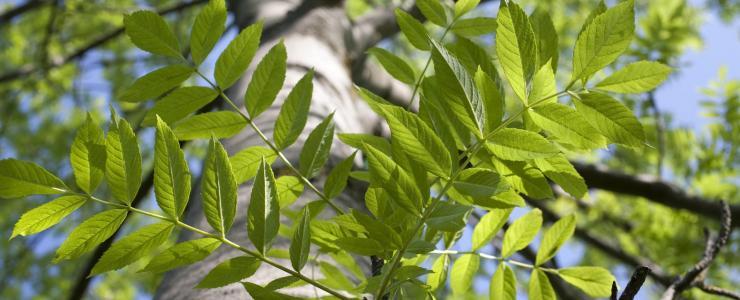
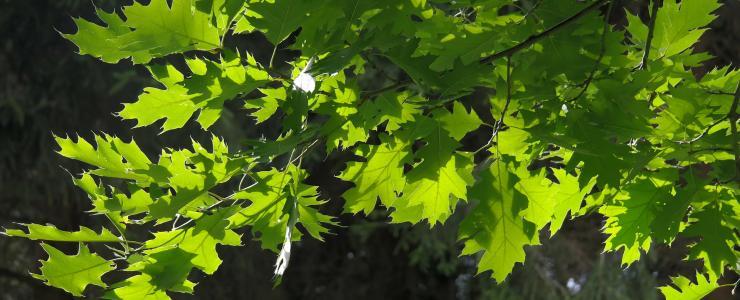
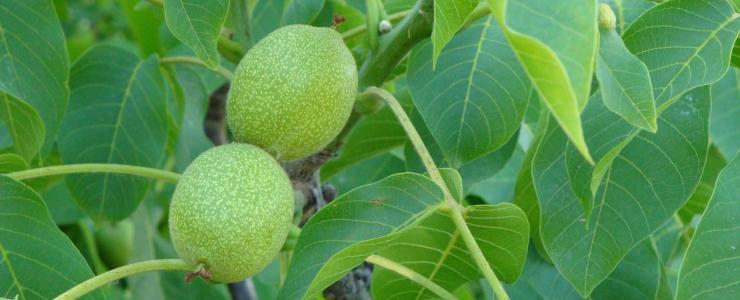
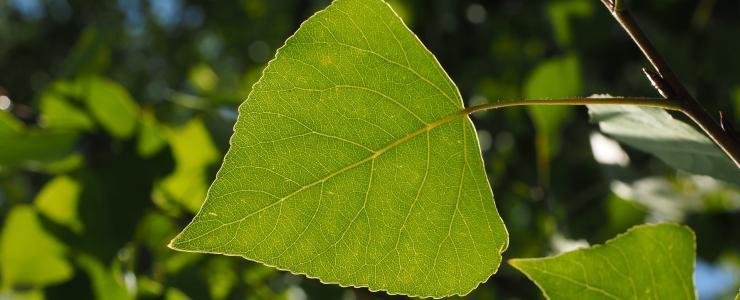
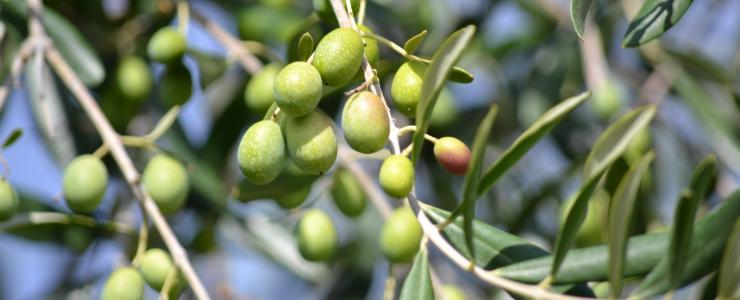
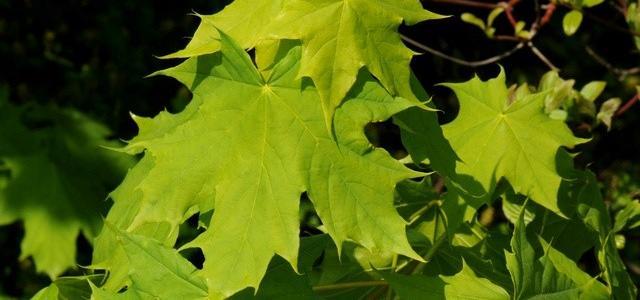
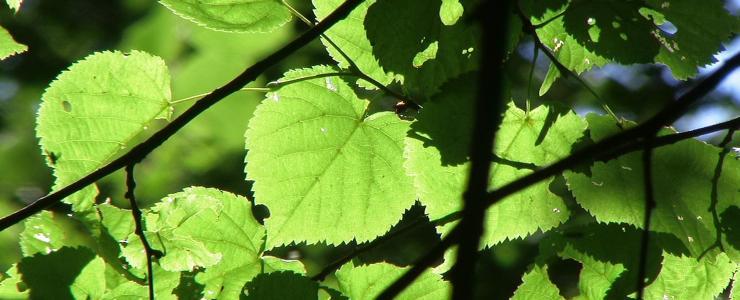
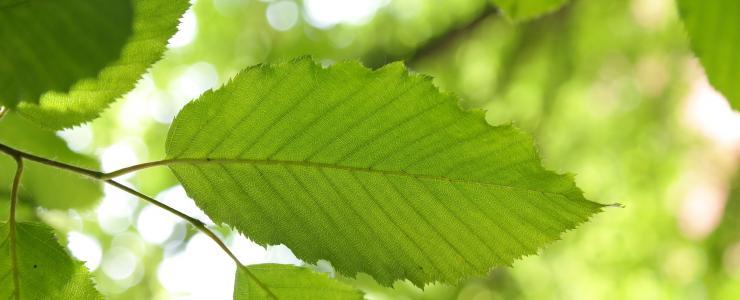
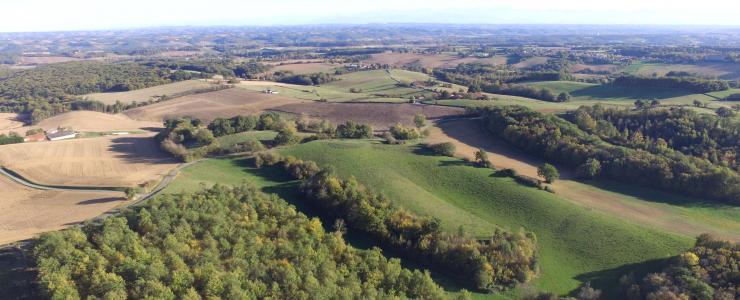
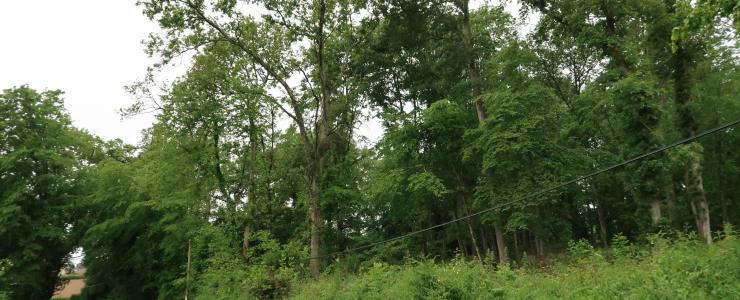
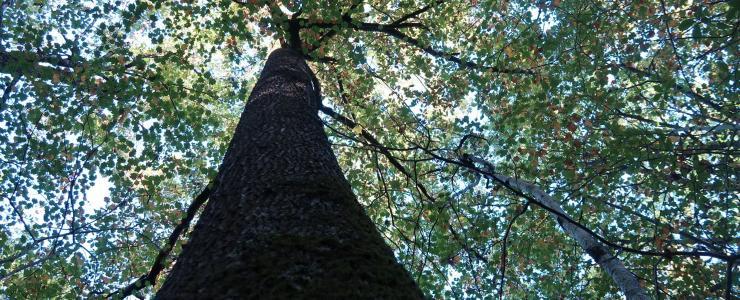
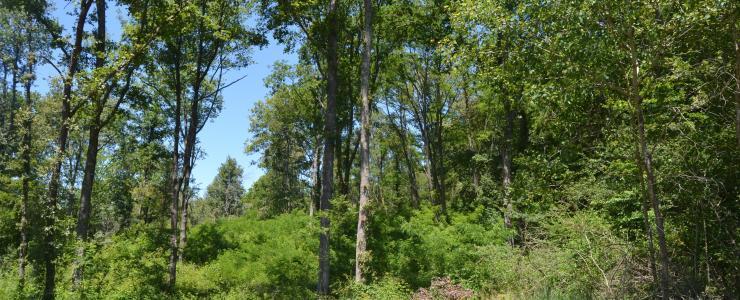
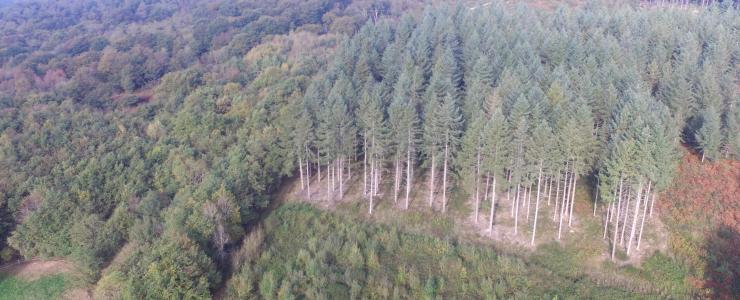
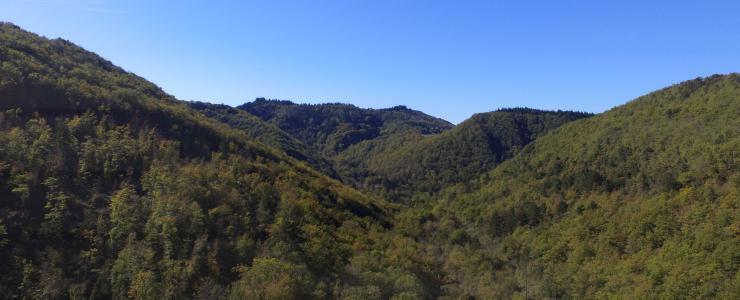
Economic view
Oak occupies a valuable market segment in the French forest/timber sector.
It has many qualities and is used for various applications, meaning it is much sought-after.
It is used for staves (cooperage) and luxury veneer; only 10% of the oak lumber volumes harvested has the qualities required for these applications.
However, the remaining 90% is of good quality and used in cabinetwork and parquet flooring.
Oak is also the only species that produces cork in its bark which is why its market remains so buoyant
The wood is therefore highly sought-after for a range of applications.
The species is widely appreciated among foresters and forest lovers for its beauty, long lifespan and qualities, but also for its history, clearly apparent in the forest of Tronçais or the Colbert oak woods.
The European oak is found all over France, while the sessile oak is less common due to its climate and soil requirements.